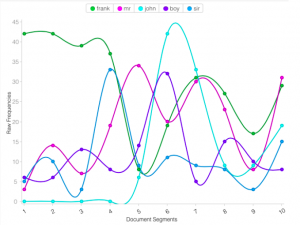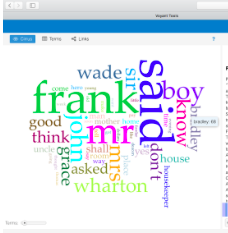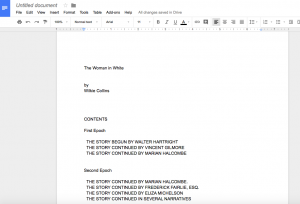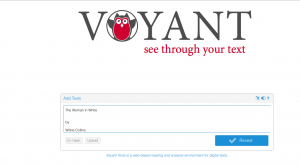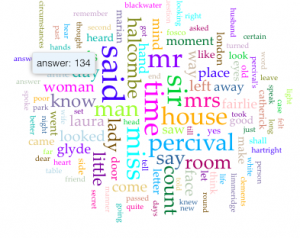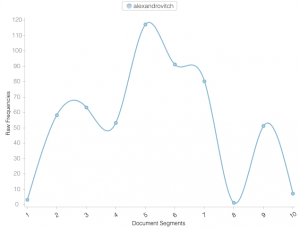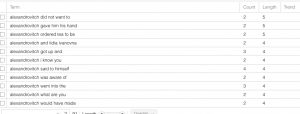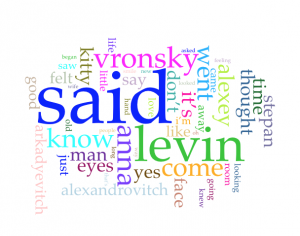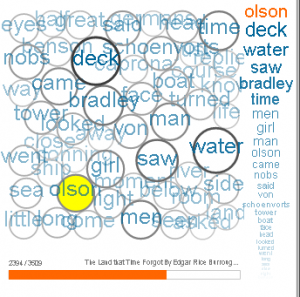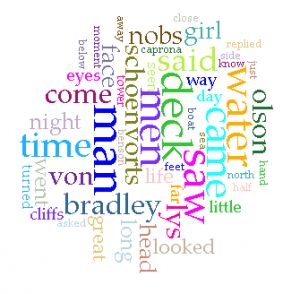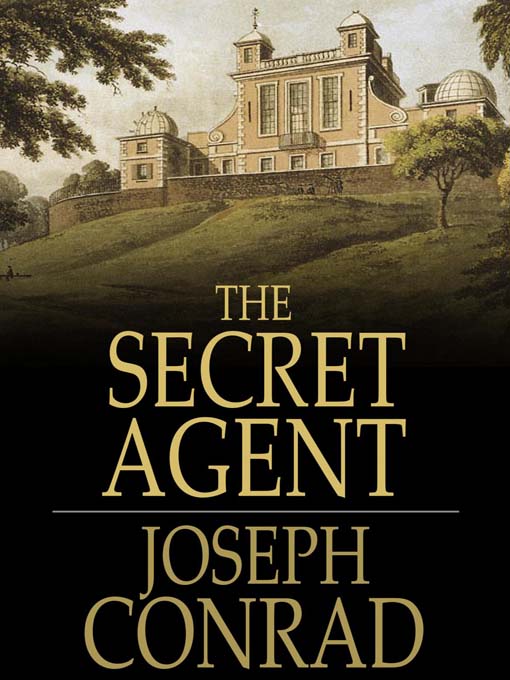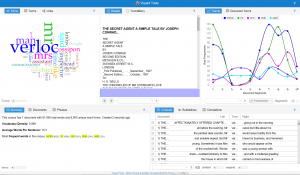I chose to inquire about the book The Cash Boy by Horatio Alger, Jr. I believed that the book would be about a boy who was very eager to make a good living because he grew up poor. I assumed that I would see the words “money” “rich” “children” “poor” and “job” a lot. When I copied and pasted the book into Voyant Tools, I saw that my predictions for words that would be used often weren’t exactly correct- but I wasn’t surprised, considering that I’ve never heard of this book, nor did I read it. I didn’t predict that the word “said” would be used a lot, and it was, however that also doesn’t surprise me considering that it seems as if there was a lot of dialog in this book. The words were all pretty simple and nothing is extravagant or hard to understand, which makes sense since I did find it under the children’s fiction section. I think that this assignment was very intriguing- I never knew that you could copy and paste an entire book into a website and learn so much about it! I could see myself using this in the future, especially if I need to skim a book to look it over.
